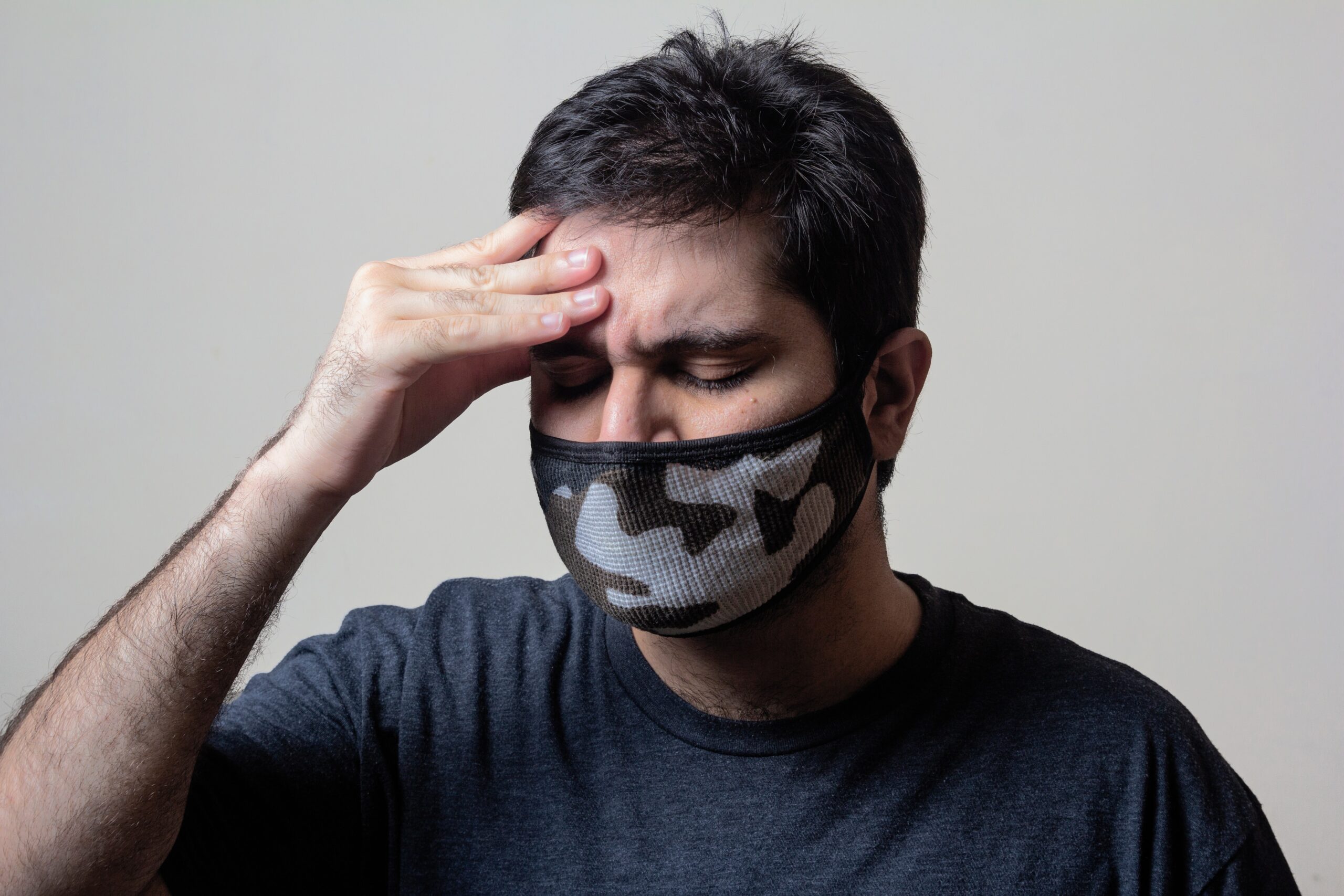The differences between headaches and migraines are quite a few. And most forms of headaches exhibit mild to moderate symptoms associated with pain with a low chance of recurrence. However, migraines can trigger moderate to severe discomforts linked to pain with recurring symptoms. There are a few overlapping symptoms, but you must also be aware of the key distinguishing elements between the two conditions. Here are the top triggers, symptoms, and factors that separate a headache from migraine attacks.
- Migraines
These are the key indicators of a migraine:- Unilateral Pain
Migraine pain is more or less concentrated in a singular area. And depending on the type of migraine, the pain can be short but frequent in nature or result in continuous throbbing discomfort. Pain areas usually include pain behind the ear or near the temples. - Certain Triggers
Studies show that shifts in environment or changes in genetics, and hormones are the top triggers of migraines. Sensory stimulants, alcohol consumption, stress, intense physical activity, or even relaxing suddenly after stressful activity can trigger a migraine. Headaches are not caused by these triggers. Age, gender, and a family history of migraine attack increase the risk significantly. - Recurring Attacks
Headaches may come and go, a major consideration with migraines is the fact that it can last for days with throbbing pain. Also, the pain and discomforts are recurring in nature with migraines even after treatment. - Nausea and dizziness
Migraines can further trigger nausea and dizziness without any warning. Severe migraines can cause vomiting. - Sensitivity and vision problems
Increased sensitivity to light is one of the clear indicators of a migraine. It is not uncommon for a person to flinch in pain by even looking sideways towards a light source. Frequent migraines can also trigger mild problems with vision.
- Unilateral Pain
- Headaches
Headaches may exhibit some symptoms linked to migraines, but there are a few clear indicators of the same:- Bilateral Pain
Cluster headaches may appear in a concentrated area, normally affecting one side near the eye. However, headaches commonly develop across the frontal, lateral, and back lobes with varying levels of intensity. The nerves, blood vessels, and muscle all around the brain relay the pain messages across to indicate there is a problem as the brain cannot directly feel pain. - Triggers
Tension headaches are usually caused due to the stiffening of muscles in the neck and scalp region while increased sensitivity to light can trigger migraine headaches. A more intense form is the cluster headache that concentrates the pain to one region. - Dull Pain
Headaches do not necessarily result in throbbing pain. Only a very intense cluster headache can cause unbearable discomfort, but they are quite rare in occurrence. - Headache only symptoms
Symptoms like tight pressure on the sides, severe pain for a couple of hours, non-recurring short bursts of pain, swelling of the eye, watery eyes, and a runny nose are common symptoms of headaches.
- Bilateral Pain

